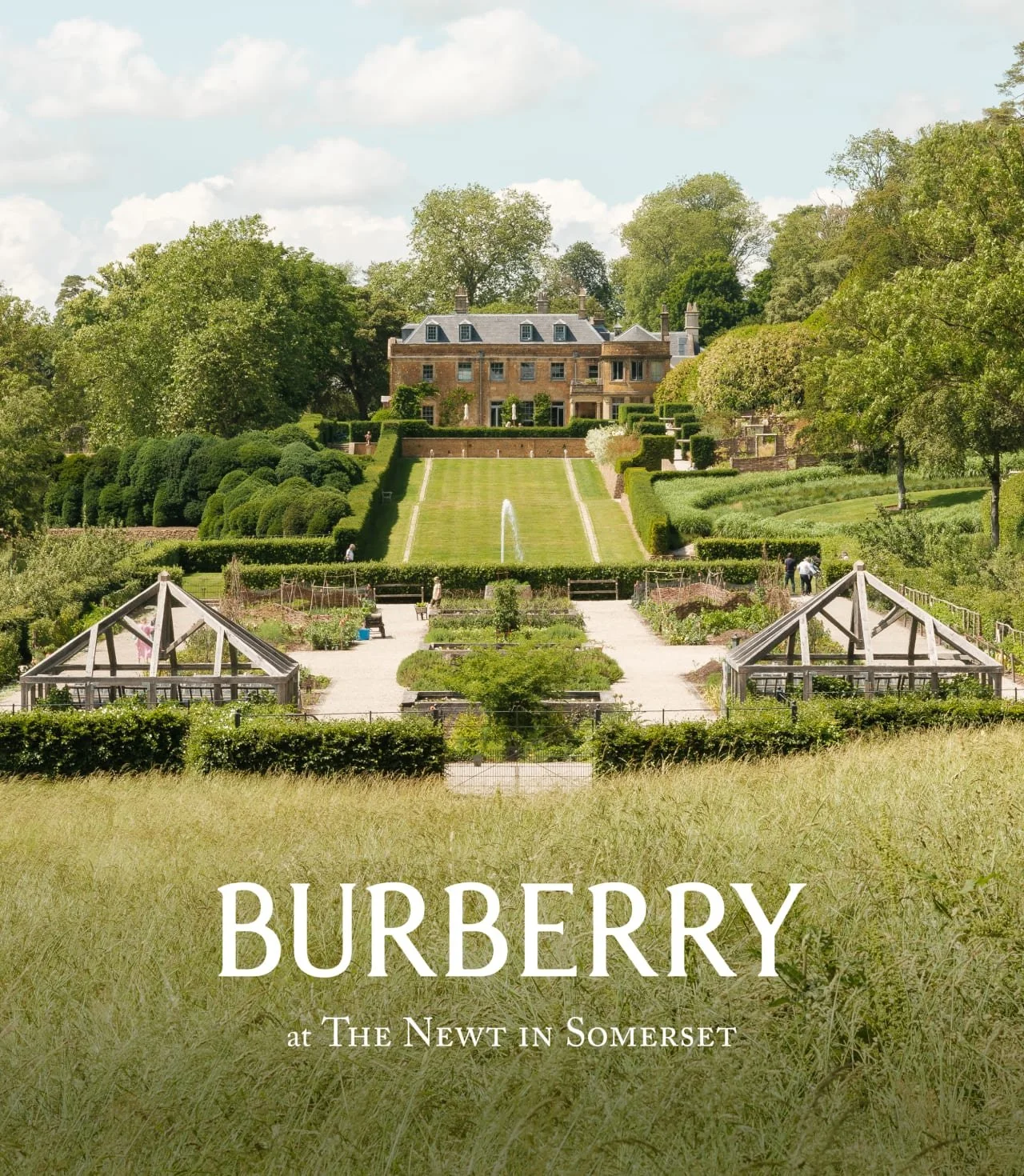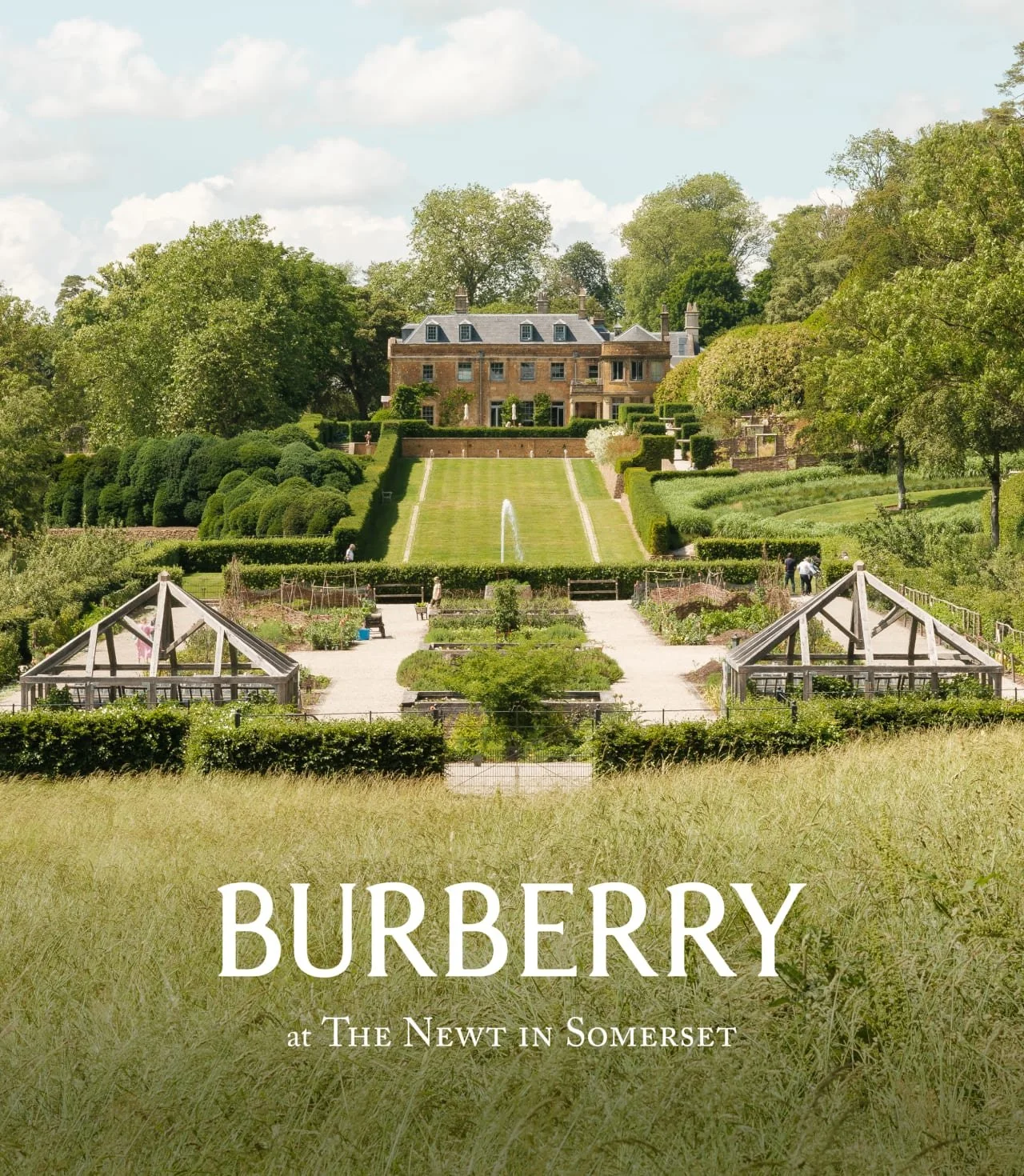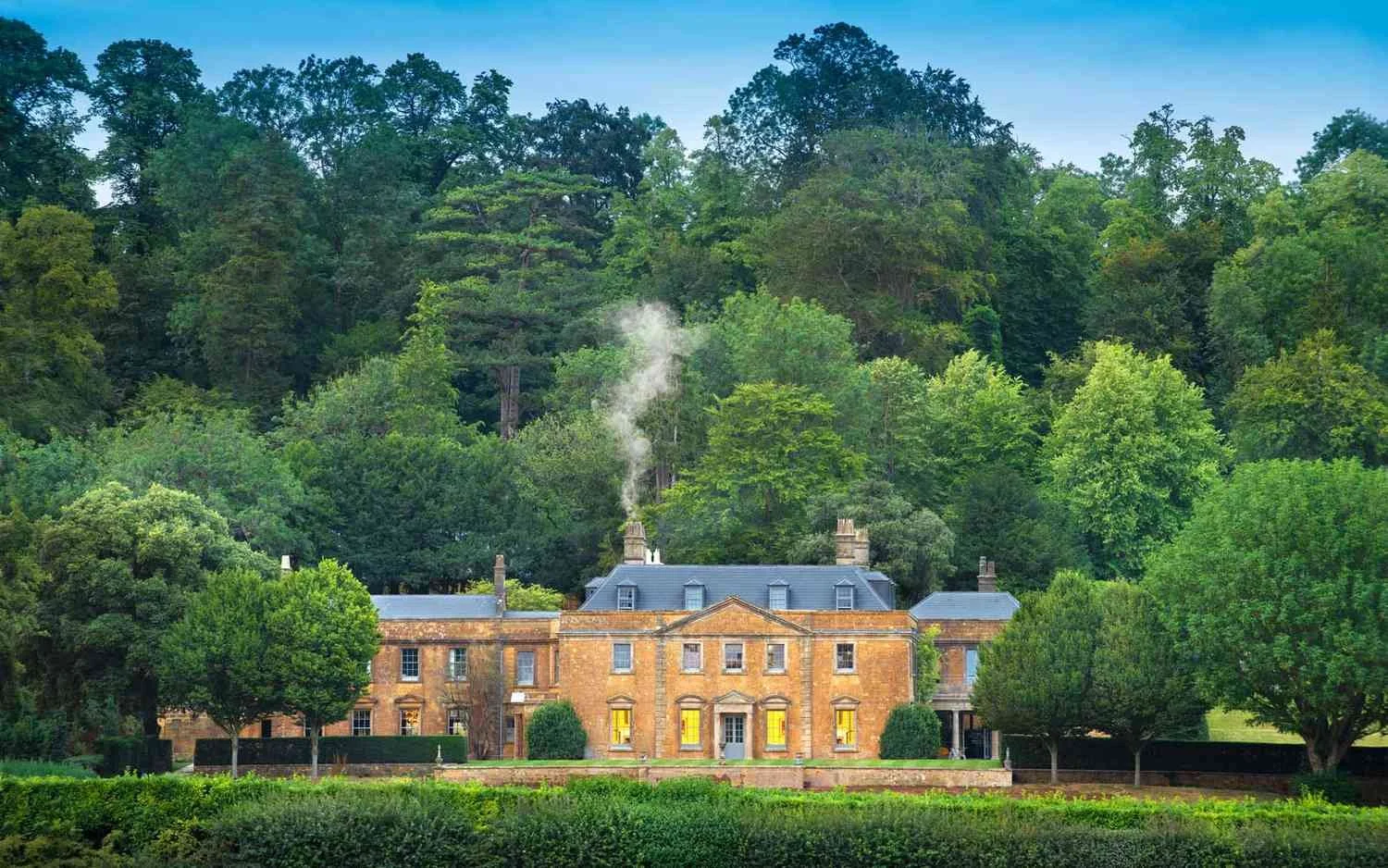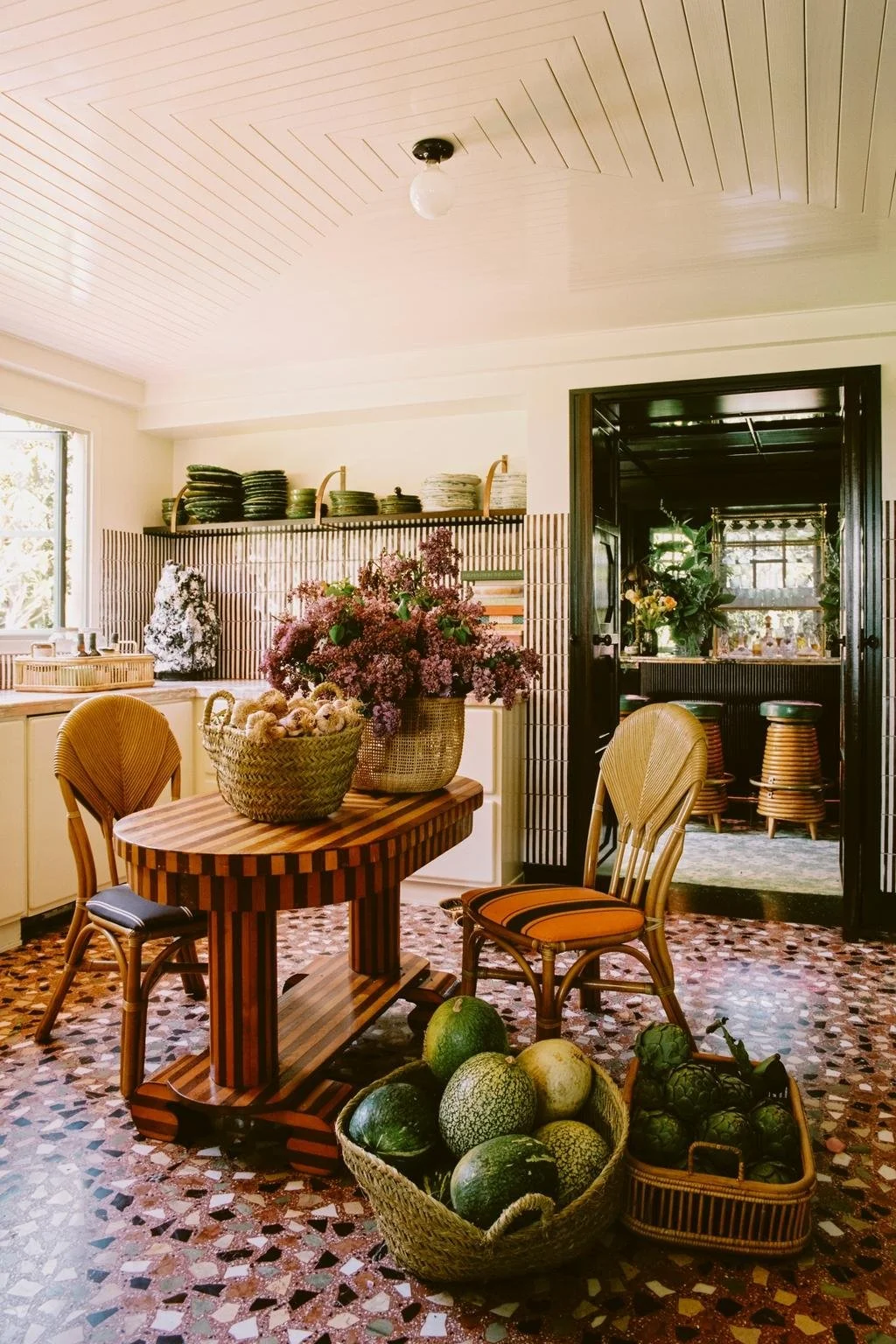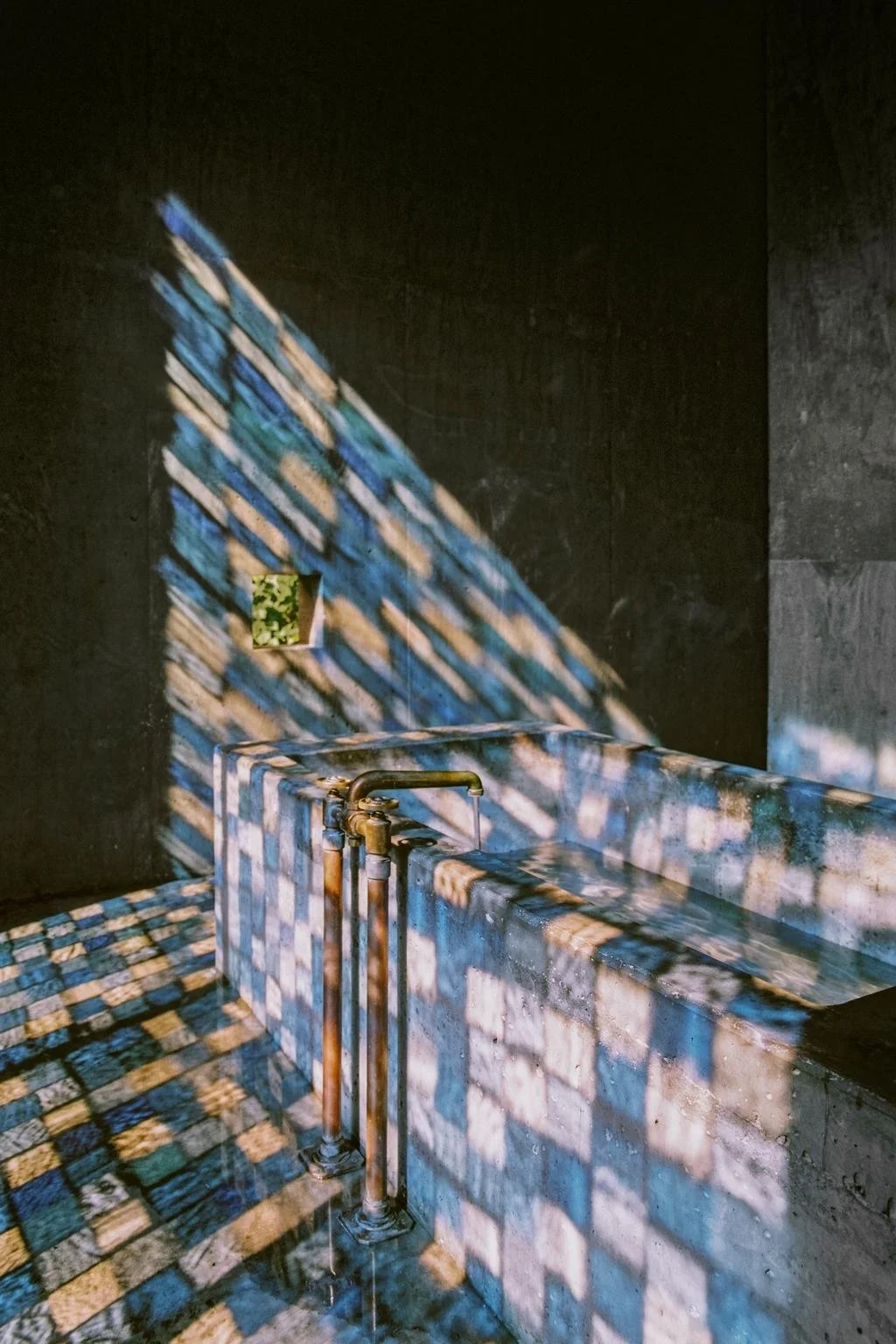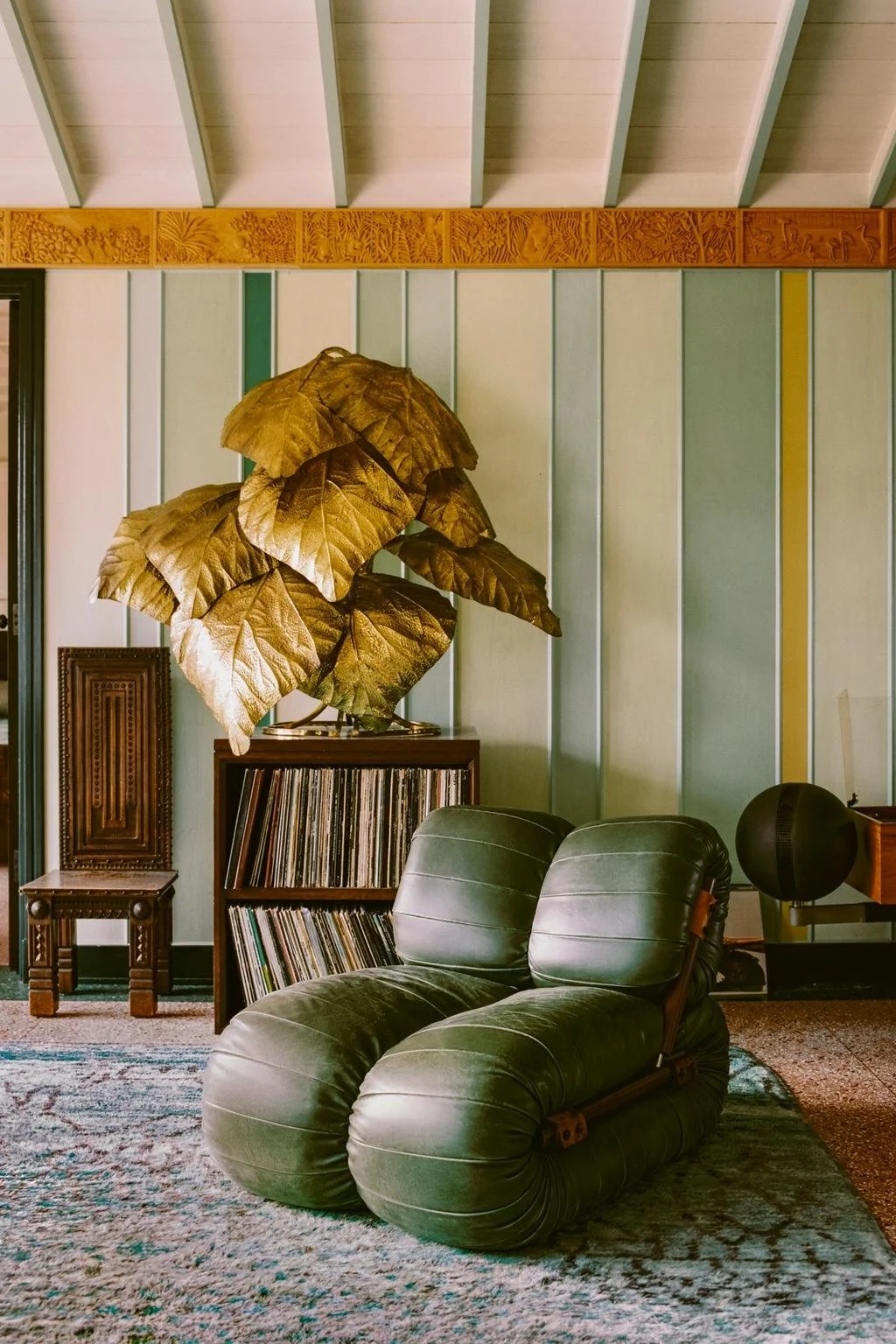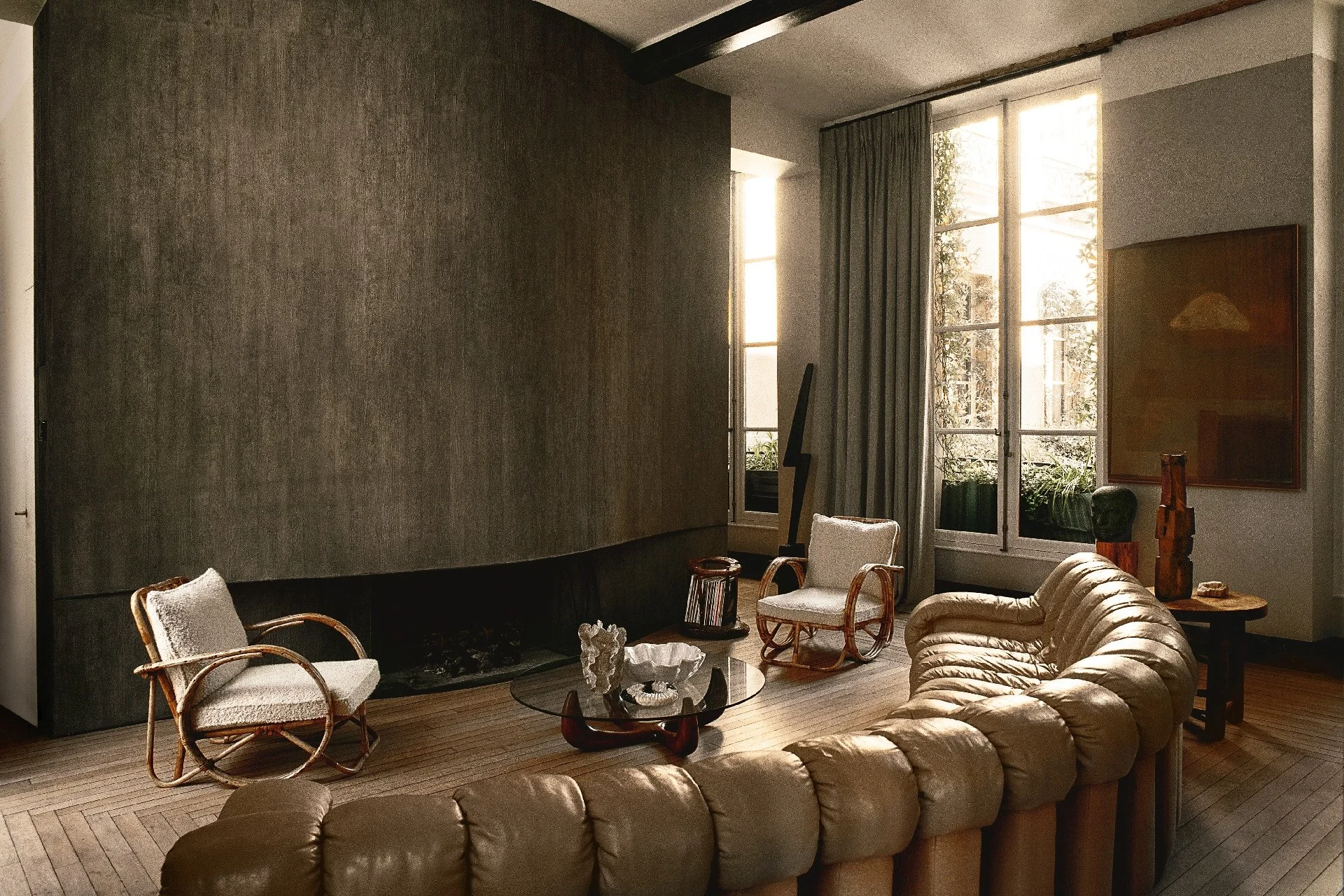Origin Story: The Rise of Heritage in Hospitality and Design
In a world wired for speed and novelty, a curious shift is unfolding in design and hospitality: a collective return to our roots. From boutique hotels that echo ancestral homes to fashion labels resurrecting family archives, heritage is having a moment — not as nostalgia, but as a new form of cultural luxury.
This trend isn’t about kitsch or blind tradition. It’s about story, place, and the meaningful weight of what came before.
1. Legacy as Luxury
Today’s most resonant brands are no longer selling just products or places — they’re offering inheritance. Whether it’s a wine estate turned guesthouse or a fashion label named after its founder’s great-grandfather, heritage has become a shorthand for authenticity. It connotes time-tested values, slow craft, and emotional resonance in a marketplace otherwise defined by disposability.
Case Study: Castello di Reschio, Umbria
Tucked into the Umbrian hills, Castello di Reschio is a 1,000-year-old Italian estate meticulously restored by architect Count Benedikt Bolza and his family. Once a crumbling fortress, the property has been revived into a hotel that feels as though it has been gently evolving for centuries — not suddenly renovated. Interiors are filled with hand-restored stone, custom ironwork, antique Italian lighting, and deeply patinated timbers, most of it designed in-house by the Bolzas' own atelier.
Beyond the hotel’s rooms and villas, Reschio includes stables, olive groves, and a Roman-inspired bathhouse carved into the castle’s cellar — lit by candlelight and warmed by thermal stone. It's a masterclass in personal heritage as hospitality, blending aristocratic restraint with deep ecological and architectural sensitivity.
“Every detail at Reschio tells a story — not just of history preserved, but of a family’s quiet stewardship across generations.”
Case study: The Newt in Somerset
The Newt in Somerset is a hospitality destination born from layered English history — originally a Georgian country estate, it’s now a hotel, cyder press, Roman villa reconstruction, and garden experience all in one. Design details nod to agricultural heritage and Roman Britain, with contemporary touches by local artisans. Every material—from the local limestone to the artisan‑crafted benches—speaks to the estate’s layered agricultural and Roman heritage.
2. The New Hospitality Heirlooms
Design-led hotels and spas are increasingly crafting spaces that feel like they’ve always been there. Instead of shiny lobbies and sterile suites, we’re seeing hand-worn stone floors, vintage portraiture, and menus inspired by ancestral kitchens.
Case study: At Sloane, London
Set in an 1890s townhouse, At Sloane is the epitome of “modern heritage.” Rooms are layered with British-made textiles, mahogany furniture, and brass accents — curated like a grand family home rather than a generic luxury hotel. Even the minibar pays homage to British terroir, stocked with artisanal snacks from regional producers.
Case study: Euphoria Retreat, Greece
Located in the mythic landscape of the Peloponnese, Euphoria Retreat is built around the idea of ancient Greek healing. Its architectural rhythm mirrors monastic and Byzantine structures, while the treatments pull from Hippocratic medicine. It’s less spa, more sanctuary — rooted in the kind of wisdom that predates wellness as a trend.
3. Aesthetic Archaeology
There’s a visual language emerging: rust tones, olive greens, iron fittings, and materials like cork, wool, brass, and raw linen. It’s not about being old-fashioned — it’s about conjuring an atmosphere of permanence and story.
Case study: Aesop
While modern in form, Aesop's interiors often reflect the geography and architectural legacy of their locations — using reclaimed wood in Kyoto, marble and bronze in Milan, or clay render in rural Australia. Each space is a subtle homage to its setting’s historical textures, not just its Instagram appeal. Design studio Mesura brought this Aesop store at Avinguda Diagonal in Barcelona to life. Designboom reported that the brand goals included “creating a social, timeless, and local atmosphere, to which we added a commitment to sustainability”.
Case study: Santa Clara 1728, Lisbon
This restored 18th-century building in Lisbon distills heritage to its purest aesthetic: lime-plastered walls, unvarnished wood, natural light. No artifice, no clutter. Architect Manuel Aires Mateus preserved the soul of the space by reducing it — letting the silence and surfaces speak of centuries passed.
4. Emotional Provenance and Brand Storytelling
Consumer desire for meaning is leading brands to spotlight their lineage — or craft one from scratch. Some draw directly from family history, others conjure imagined ancestors and made-up folklore.
Case study: Flamingo Estate, Los Angeles
What started as an urban garden during the pandemic became a myth-rich lifestyle brand. Flamingo Estate wraps its botanical products in lush language that references ancient rituals, Roman bathhouses, and "the pleasure of wild things." The house itself — once home to a 1940s pornographer — has become part of the lore, mythologised into a modern-day Eden.
Case study: Tenuta di Murlo, Umbria
A thousand-year-old estate in Umbria, Murlo offers villas, a spa, and culinary experiences steeped in local legacy. Olive oils are pressed on-site. Menus draw from regional peasant dishes. Every suite feels like it belongs to the same noble family — even if they never existed. This is heritage used not as ornament, but atmosphere.
5. Designing for Belonging
At its heart, the heritage trend is less about the past and more about the human desire to belong. In fragmented times, we seek grounding. Brands and spaces that reference a lineage — whether real or imagined — create the emotional architecture for guests to feel connected to something larger than themselves.
Case study: Hôtel Les Roches Rouges, Côte d’Azur
This former 1950s seaside inn was reimagined into a sun-bleached Riviera dream. Its revival preserves mid-century French coastal culture — woven loungers, local ceramics, and saltwater pools carved into the rock — giving guests a sense of timeless summer, of a vacation their grandparents might have taken.
6. Designers as Cultural Custodians
Once known for her light-filled, minimalist spaces, designer Athena Calderone has recently pivoted to a moodier, more heritage-inflected aesthetic — think dark oak kitchens, antique marble, and soulful plaster finishes. With a new furniture line that celebrates heirloom forms and natural materials, Calderone is actively shaping a new visual language where editorial polish meets ancestral weight. “I want my home to feel as though it has lived many lives before mine,” she’s said — a mantra echoed across her work.
In Europe, Pierre Yovanovitch (France) and Studio KO (France/Morocco) are leaders in this aesthetic evolution. Yovanovitch’s rural French homes often mix 17th-century architectural details with brutalist furniture, while Studio KO’s interiors for hotels like Villa Mabrouka (Yves Saint Laurent’s former Tangier residence) retain original textures, infusing heritage with a sharp, contemporary silhouette.
In the UK, Ilse Crawford continues to set the tone for warm minimalism rooted in tradition — from her work with Aesop stores to public spaces like the Ett Hem hotel in Stockholm, which feels like a lived-in, turn-of-the-century home rather than a commercial space.
Meanwhile, younger names like Jeremiah Brent, Gustave van Leeuwen, and Workstead (New York) are bridging the gap between Shaker simplicity, historical reverence, and contemporary elegance — sourcing heirloom textiles, vintage lighting, and rare woods to build quiet, enduring spaces.
What unites them all is not a single aesthetic, but a commitment to emotional continuity: evoking memory, depth, and presence through design.
Where It’s Going
For developers and hoteliers, heritage is no longer a passive design choice — it’s a strategic asset. As guest preferences shift toward emotionally resonant, story-rich environments, the smartest operators are building not just properties, but legacies. Here’s how the trend is evolving:
Cultural Embedding, Not Theming: Savvy guests can sense when “heritage” is only skin-deep. The next generation of luxury hospitality is about embedded context — hiring local historians during concept development, drawing from regional folklore, and integrating ancestral land-use knowledge into landscaping and cuisine.
Consider designing with local ecological rhythms — agricultural calendars, seasonal rituals, even historic bathing customs — to create layered, immersive experiences.
New Builds That Feel Old: Rather than restoring heritage buildings, many developers are now creating new structures designed to feel centuries-old — through proportion, materiality, and layout. This offers the charm of a storied stay, with modern construction benefits.
Case in point: Castello di Reschio’s newly built villas mimic the rhythm and wear of rural Italian farmhouses while integrating passive energy systems.
Heritage-Driven Amenities: From Roman-inspired spa circuits to in-room libraries curated with regional literature, amenities are taking cues from the past. These “anachronistic luxuries” feel fresh again — think candlelit rituals, handwritten menus, or analog guestbooks.
The future of wellness is slower and more symbolic. Developers should explore ancient bathing traditions, herbalism, and slow craftsmanship as guest offerings.
Cross-Generational Appeal: Heritage design doesn't just cater to nostalgia-seeking boomers — Gen Z and millennial travellers, often urban and digitally fatigued, are seeking grounding and connection. A rustic breakfast table, a room with no television, or walls thick enough to feel silence — these become acts of luxury.
The experiential ROI is high on designs that offer a sense of “return” — to slowness, to simplicity, to a place that feels remembered.
The next wave of hospitality design won’t chase trends. It will dig roots — in culture, in material, in memory. For developers and hoteliers, the opportunity isn’t just to build beautiful places — it’s to build stories that outlast the stay.
